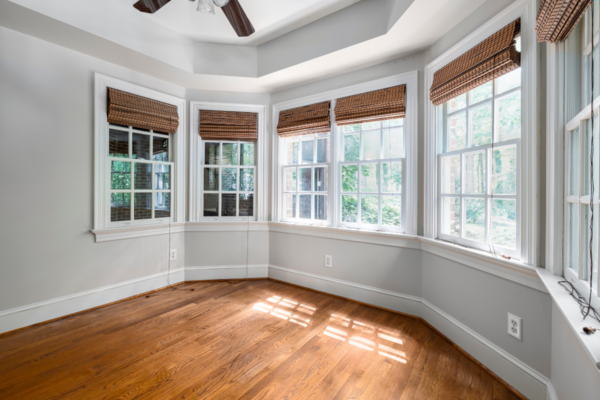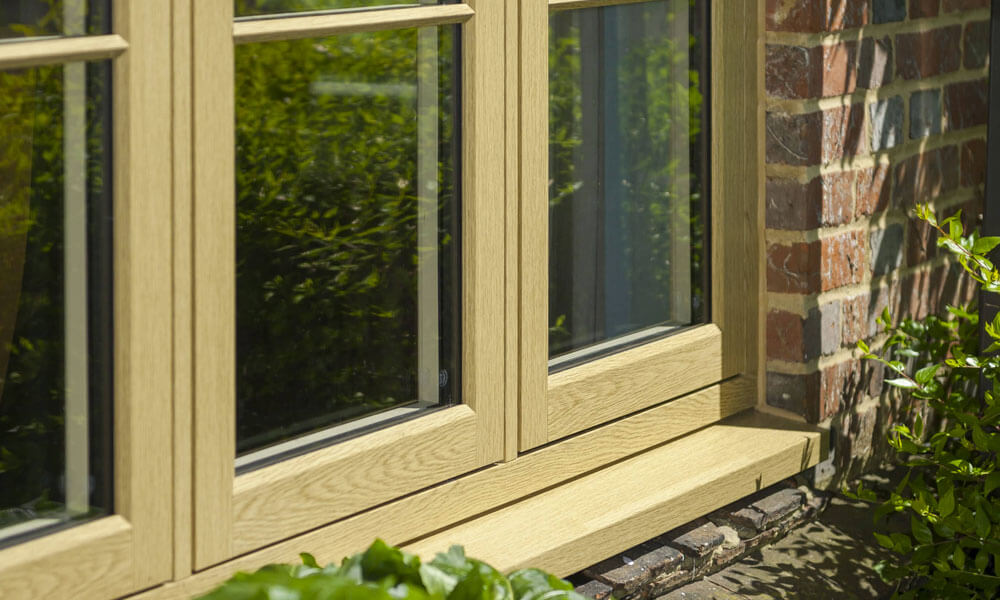When designing or remodeling a home, windows play a crucial role in enhancing natural light and improving ventilation. The right window style can not only brighten up your living space but also ensure proper airflow, making your home more energy-efficient and comfortable. With an array of window designs available, it’s essential to choose those that strike the perfect balance between aesthetics, functionality, and efficiency. In this article, we’ll explore the best window styles that maximize natural light and ventilation.
Importance of Natural Light and Ventilation
Natural light and ventilation are essential for maintaining a healthy, energy-efficient, and pleasant living environment. Adequate sunlight exposure helps improve mood, reduce energy costs by minimizing the need for artificial lighting, and even boosts productivity. Ventilation, on the other hand, is critical for maintaining indoor air quality, reducing humidity, and promoting a fresh and breathable atmosphere.
Key Benefits:
- Improved Energy Efficiency: Properly positioned windows can reduce energy usage by optimizing natural light and ventilation.
- Enhanced Aesthetics: Large, well-designed windows can transform the look of a room by making it appear more open and welcoming.
- Health Benefits: Natural light is known to boost mood and vitamin D levels, while good airflow helps to reduce indoor air pollutants.
Best Window Styles for Natural Light
Picture Windows
Picture windows are large, fixed-pane windows that offer unobstructed views and allow ample sunlight to flood your room. Since they don’t open, they are ideal for maximizing light in spaces where ventilation is not a primary concern.
Benefits of Picture Windows:
- Offers the best view with maximum sunlight
- Ideal for living rooms, dining areas, and spaces with scenic outdoor views
- Can be paired with other operable windows for ventilation
Bay and Bow Windows
Bay and bow windows extend outward from the home’s exterior wall, creating a spacious, open feel and bringing in plenty of natural light. These windows typically consist of three (bay) or four or more (bow) panels of glass and can include operable sections for ventilation.
Advantages:
- Provides panoramic views and enhanced light exposure
- Adds architectural interest to a room
- Can incorporate casement or double-hung windows for airflow
Skylights
For rooms where wall space is limited, skylights are an excellent way to introduce natural light. Positioned on the ceiling, they bring in overhead light, making them ideal for bathrooms, kitchens, or even hallways that lack exterior walls for traditional windows.

Benefits:
- Maximizes light in spaces with limited wall windows
- Helps brighten darker areas of the home
- Can be fixed or vented for additional ventilation
Best Window Styles for Ventilation
Casement Windows
Casement windows are hinged at the side and open outward, providing excellent ventilation. Because they open fully, casement windows allow for maximum airflow and are especially effective when installed on opposite sides of a room to create cross-ventilation.
Why Choose Casement Windows:
- Excellent for airflow and ventilation
- Offers unobstructed views when closed
- Often installed in kitchens and bathrooms for enhanced ventilation
Double-Hung Windows
Double-hung windows consist of two movable sashes, allowing both the top and bottom parts of the window to open. This versatility makes them ideal for controlling airflow, as cool air can enter from the bottom while warm air escapes from the top.
Benefits of Double-Hung Windows:
- Provides superior ventilation with two operating sashes
- Easy to clean and maintain
- Suitable for various rooms, including bedrooms and living areas
Awning Windows
Awning windows are hinged at the top and open outward from the bottom, creating a sloped shape. These windows are perfect for ventilation even during rainy weather, as they prevent water from entering while still allowing air to flow through.
Advantages of Awning Windows:
- Ideal for rainy climates, providing ventilation without letting water in
- Works well in combination with other window types, such as picture windows
- Suitable for bathrooms, basements, and high-up areas
Combining Light and Ventilation
For those who want the best of both worlds, it’s possible to combine different window styles to optimize both natural light and airflow. Sliding windows, for instance, offer large glass panels for light while allowing for side-to-side airflow. Similarly, combining picture windows with casement or awning windows can provide ample light and the necessary ventilation.
Conclusion
Choosing the right window styles for natural light and ventilation can make a significant difference in the comfort and energy efficiency of your home. Whether you prefer the sweeping views of picture windows, the versatility of double-hung windows, or the rainproof ventilation of awning windows, there is a perfect solution to meet your needs. By carefully selecting and positioning your windows, you can create a bright, airy, and inviting living space that’s also environmentally friendly.

